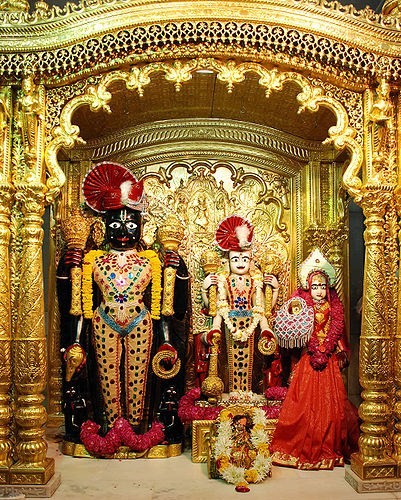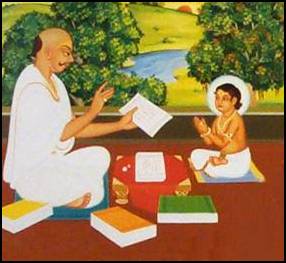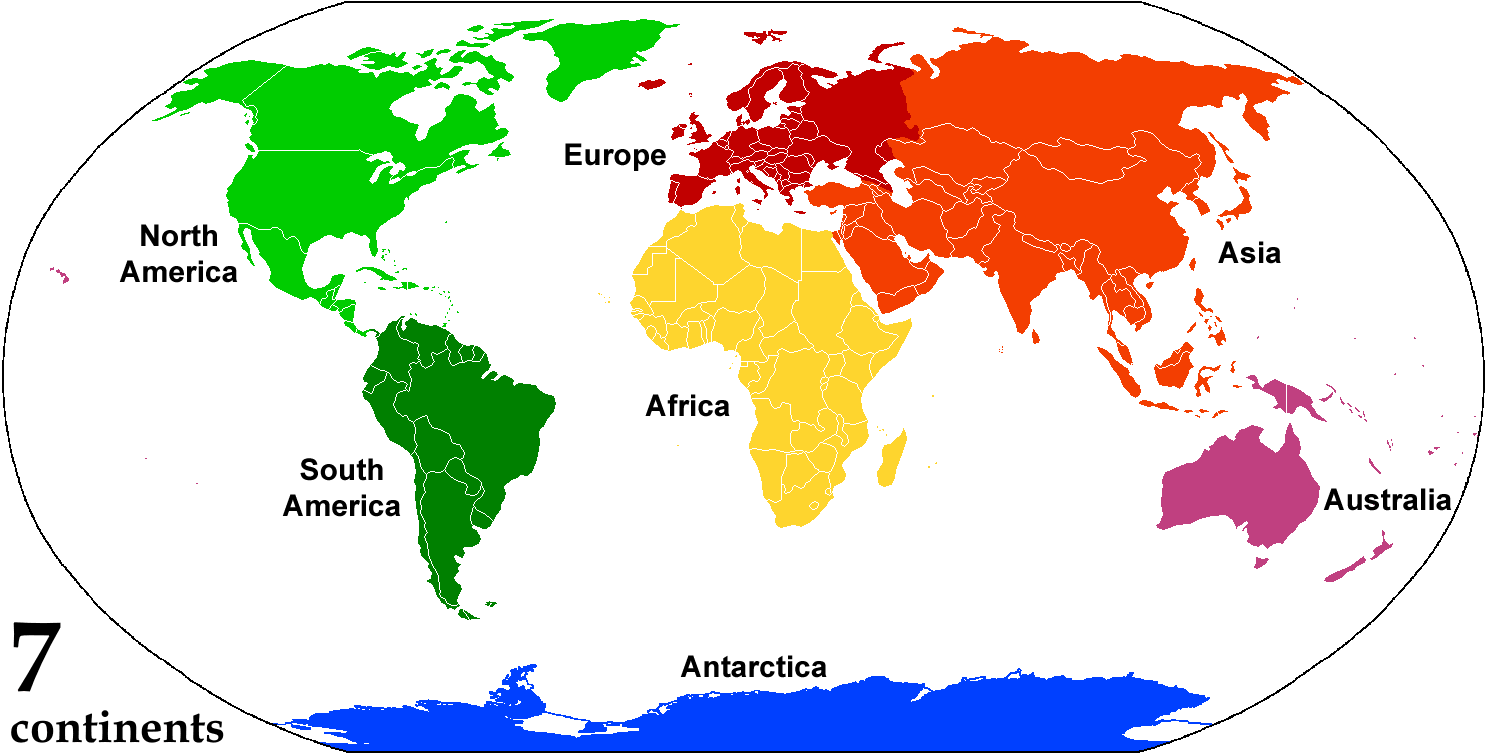|
Swaminarayan Temples
Swaminarayan, the founder of the Swaminarayan Sampraday, established temples, known as ''mandirs'' (Devnagari: मन्दिर), as part of his philosophy of theism and deity worship. He constructed nine temples in the following cities; Ahmedabad, Bhuj, Muli, Gujarat, Muli, Vadtal, Junagadh, Dholera, Dholka, Gadhpur, and Jetalpur. In these temples he installed images of various Hindu gods, such as NarNarayan Dev, Nara-Narayana, LaxmiNarayan Dev, Lakshmi Narayana, RadhaKrishna Dev, Radha Krishna, RadhaRaman Dev, Radha Ramana, Revti-Baldevji, and Madan Mohan. Each of these nine original temples fall either under the NarNarayan Dev Gadi, Nar Narayan Dev Gadi, Ahmedabad or the LaxmiNarayan Dev Gadi, Lakshmi Narayan Dev Gadi, Vadtal depending on their geographical location. One of the most prominent features of the heritage of Swaminarayan Sampradaya is temple architecture. All of the temples constructed during Swaminarayan's life show some form of Krishna, and all temples since ha ... [...More Info...] [...Related Items...] OR: [Wikipedia] [Google] [Baidu] |
Swaminarayan
Swaminarayan (IAST: '; 3 April 1781 – 1 June 1830), also known as Sahajanand Swami, was a yogi and Asceticism, ascetic believed by followers to be a manifestation of Krishna or the highest Theophany, manifestation of Purushottama, around whom the Swaminarayan Sampradaya developed. In 1800, he was initiated into the ''Uddhava'' ''sampradaya'' by his guru, Swami Ramanand, and was given the name Sahajanand Swami. Despite opposition, in 1802, Ramanand handed over the leadership of the Uddhava Sampradaya to him before his death. According to the Swaminarayan tradition, Sahajanand Swami became known as Swaminarayan, and the Uddhava Sampradaya became known as the Swaminarayan Sampradaya, after a gathering in which he taught the Swaminarayan Mantra to his followers. He emphasized "moral, personal, and social betterment," and ''ahimsa''. He is also remembered within the sect for undertaking reforms for women and the poor, and performing large-scale non-violent yajna, yajñas (fire s ... [...More Info...] [...Related Items...] OR: [Wikipedia] [Google] [Baidu] |
RadhaRaman Dev
Radha Ramana () is one of the three combined forms of the Hinduism, Hindu deities Radha and Krishna. The other two forms are Bankey Bihari Temple, Banke Bihari and Radha Vallabh Temple, Vrindavan, Radha-Vallabha. Radha Ramana is typically adorned with feathers, a crown, a yellow dress, and a shining ''vaijayanti-mala'' (garland) on his chest. He is regarded to wear ornaments in his ears and a shining tilaka on his forehead. Radha Raman Temple, Radha Ramana Temple, one of the ancient temples of Vrindavan, is dedicated to Radha Ramana. According to Gaudiya Vaishnavism, Gaudiya tradition, Radha Ramana was manifested by the saint Gopala Bhatta Goswami in the 16th century. Etymology Radha Ramana is an epithet of Krishna as the lover (''ramana'') of Radha. Literature The appearance of the Radha Ramana is described by Gopala Bhatta Goswami biographer, Narahari, in a mere four verses (Bhakti Ratnakara 4.315–319). Narahari Chakravarti puzzles at Krishnadasa's near silence over Gopala B ... [...More Info...] [...Related Items...] OR: [Wikipedia] [Google] [Baidu] |
Laxminarayan Dev Vadtal Mandir
Lakshmi Narayana (, IAST: ) or Lakshmi Narayan is the dual representation of the Hindu deities Vishnu, also known as Narayana, and his consort, Lakshmi, traditionally featured in their abode, Vaikuntha. The goddess of wealth and prosperity, Lakshmi, is depicted as standing next to Vishnu, who holds the Panchajanya, Kaumodaki, Padma, and the Sudarshana Chakra. Another depiction of Lakshmi Narayana portrays Lakshmi in the service of Narayana, who reclines on the cosmic serpent Shesha, floating in the Kshira Sagara, the Ocean of Milk. Legends The most significant Lakshmi Narayana myth that appears in various Puranas is the Samudra Manthana, where Vishnu assumes his Kurma avatar to assist the devas and the asuras in the churning the Ocean of Milk. Lakshmi emerges as one of the many treasures that are the product of the churning. The devas request Vishnu to marry her, and hence her auspiciousness is wed to his divinity, restoring the cosmic order. The ''Vishnu Purana'' descr ... [...More Info...] [...Related Items...] OR: [Wikipedia] [Google] [Baidu] |
Continent
A continent is any of several large geographical regions. Continents are generally identified by convention (norm), convention rather than any strict criteria. A continent could be a single large landmass, a part of a very large landmass, as in the case of Asia or Europe within Eurasia, or a landmass and nearby islands within its continental shelf. Due to these varying definitions, the number of continents varies; up to seven or as few as four geographical regions are commonly regarded as continents. Most English-speaking world, English-speaking countries recognize seven regions as continents. In order from largest to smallest in area, these seven regions are Asia, Africa, North America, South America, Antarctica, Europe, and Australia (continent), Australia (sometimes called Oceania or Australasia). Different variations with fewer continents merge some of these regions; examples of this are merging Asia and Europe into Eurasia, "Most people recognize seven continents—Asia, ... [...More Info...] [...Related Items...] OR: [Wikipedia] [Google] [Baidu] |
The Times Of India
''The Times of India'' (''TOI'') is an Indian English-language daily newspaper and digital news media owned and managed by the Times Group. It is the List of newspapers in India by circulation, third-largest newspaper in India by circulation and List of newspapers by circulation, largest selling English-language daily in the world. It is the oldest English-language newspaper in India, and the second-oldest Indian newspaper still in circulation, with its first edition published in 1838. It is nicknamed as "The Old Lady of Bori Bunder", and is a newspaper of record. Near the beginning of the 20th century, Lord Curzon, the Viceroy of India, called ''TOI'' "the leading paper in Asia". In 1991, the BBC ranked ''TOI'' among the world's six best newspapers. It is owned and published by Bennett, Coleman & Co. Ltd. (BCCL), which is owned by the Sahu Jain family. In the Brand Trust Report India study 2019, ''TOI'' was rated as the most trusted English newspaper in India. In a 2021 surve ... [...More Info...] [...Related Items...] OR: [Wikipedia] [Google] [Baidu] |
Darśana
In Indian religions, a ''darshan'' (Sanskrit: दर्शन, ; 'showing, appearance, view, sight') or ''darshanam'' is the auspicious sight of a deity or a holy person. The term also refers to any one of the six traditional schools of Hindu philosophy and their literature on spirituality and soteriology. Etymology The word ''darshana'', also in the forms of ''darśana'' or ''darshanam'', comes from the Sanskrit root of दर्शन ''dṛś'' 'to look at', 'to view', vision, apparition or glimpse. Definition ''Darshana'' is described as an "auspicious sight" of a holy person, which bestows merit on the viewer. It is most commonly used for theophany, meaning a manifestation or vision of the divine. In Hinduism In Hindu worship, it refers to seeing a deity (especially in image form), or a very holy person or artifact. One can receive ''darshana'' or a glimpse of the deity in the temple, or from a great saintly person, such as a great guru. One can also take ''darshana ... [...More Info...] [...Related Items...] OR: [Wikipedia] [Google] [Baidu] |
Prostrations
Prostration is the gesture of placing one's body in a reverentially or submissively prone position. Typically prostration is distinguished from the lesser acts of bowing or kneeling by involving a part of the body above the knee, especially the hands, touching the ground. Major world religions employ prostration as an act of submissiveness or worship to an entity or to the God, Supreme Being (i.e. God), as in the ''Metanoia (theology), metanoia'' in Christian prayer used in the Eastern Orthodox and Oriental Orthodox Churches, and in the ''sujud'' of the Islamic prayer, ''salat''. In various cultures and traditions, prostrations are similarly used to show respect to rulers, civil authorities and social elders or superiors, as in the Culture of China, Chinese kowtow or Ancient Greek ''proskynesis''. The act has often traditionally been an important part of religious, civil and traditional rituals and ceremonies, and remains in use in many cultures. Traditional religious practi ... [...More Info...] [...Related Items...] OR: [Wikipedia] [Google] [Baidu] |
Parikrama
Parikrama or Pradakshina is clockwise circumambulation of sacred entities, and the path along which this is performed, as practiced in the Indian religions, Indic religions – Hinduism, Buddhism, Sikhism and Jainism. In Buddhism, it refers only to the path along which this is performed. In Indic religions, the parikrama is typically done after completion of traditional worship (puja (other), puja) and after Darśana, paying homage to the deity. Parikrama must be done with dhyāna (other), dhyāna (spiritual contemplation and meditation). In Hinduism, parikrama of religious deities in a temple, sacred rivers, sacred hills and a close cluster of temples as a symbol of prayer is an integral part of Worship in Hinduism, Hindu worship.http://www.hindunet.org/faq/fom-serv/cache/31.html Why do we perform Pradakshina or Parikrama?http://www.hinduism.co.za/kaabaa.htm Kaaba a Hindu Temple?Hindus invariably circumambulate around their deities Hindu temple architecture ... [...More Info...] [...Related Items...] OR: [Wikipedia] [Google] [Baidu] |
Hanuman
Hanuman (; , ), also known as Maruti, Bajrangabali, and Anjaneya, is a deity in Hinduism, revered as a divine ''vanara'', and a devoted companion of the deity Rama. Central to the ''Ramayana'', Hanuman is celebrated for his unwavering devotion to Rama and is considered a '' chiranjivi''. He is traditionally believed to be the spiritual offspring of the wind deity Vayu, who is said to have played a significant role in his birth. In Shaiva tradition, he is regarded to be an incarnation of Shiva, while in most of the Vaishnava traditions he is the son and incarnation of Vayu. His tales are recounted not only in the ''Ramayana'' but also in the '' Mahabharata'' and various ''Puranas''. Devotional practices centered around Hanuman were not prominent in these texts or in early archaeological evidence. His theological significance and the cultivation of a devoted following emerged roughly a millennium after the ''Ramayana'' was composed, during the second millennium CE.Paula Richman ... [...More Info...] [...Related Items...] OR: [Wikipedia] [Google] [Baidu] |
Sarangpur (Gujarat)
Sarangpur (also known as Salangpur) is a village in the Botad District in the state of Gujarat, India. Sarangpur is known throughout India for the historic Shri Kashtabhanjan Hanumanji temple and BAPS Swaminarayan Mandir located in the village. The village of about 3000 people lies at the border of Ahmedabad district. The nearest town is Botad. The village is about 153 km. away from Ahmedabad. Temples Hanuman temple, Sarangpur is a Hindu temple (mandir) located in Sarangpur, Gujarat and comes under the Vadtal Gadi of the Swaminarayan Sampraday. It is the only Swaminarayan temple which has the murtis of neither Swaminarayan nor Krishna as the primary object of worship. It is dedicated to Hanuman in the form of ''Kashtbhanjan'' (Crusher of sorrows). Smruti temples of Shastri Yagnapurushdas and Pramukh Swami Maharaj, who succeeded Yagnapurushdas are also located near BAPS mandir. Sarangpur is also known for its BAPS Shri Swaminarayan Shikharbaddha mandir, built in 1916 ... [...More Info...] [...Related Items...] OR: [Wikipedia] [Google] [Baidu] |
Shri Hanuman Mandir, Sarangpur
Hanuman temple, Salangpur or Shree Kashtabhanjan Dev Hanumanji Temple, Sarangpur is a Hindu temple located in Sarangpur, Gujarat and is part of the Vadtal Gadi of the Swaminarayan Sampradaya. The term ''Kashtabhanjan Dev'' literally means "Crusher of Sorrows." History and description The idol of Shree Kashtabhanjandev was installed by Gopalanand Swami. Gopalanand Swami touched the murti with a rod and the murti came alive and moved. This story has become a charter for the healing ritual performed at this temple. The idol of Hanuman here is a stout figure with a handlebar moustache, with Shani Dev in his feminine form under his foot and baring his teeth, standing among sculpted foliage full of fruit bearing monkey attendants. The overall temple renovations were done many times by the Swaminarayan Sampradaya. In 1899, Kothari Gordhandas of Vadtal appointed Shastriji Maharaj (Shastri Yagnapurushdas), the founder of BAPS, to oversee the temple’s affairs. During his tenure, Shas ... [...More Info...] [...Related Items...] OR: [Wikipedia] [Google] [Baidu] |
Murtis
In the Hindu tradition, a ''murti'' (, ) is a devotional image, such as a statue or icon, of a deity or saint used during '' puja'' and/or in other customary forms of actively expressing devotion or reverence – whether at Hindu temples or shrines. A ''mūrti'' is a symbolic icon representing divinity for the purpose of devotional activities. Thus, not all icons of gods and saints are ''mūrti''; for example, purely decorative depictions of divine figures often adorn Hindu temple architecture in intricately carved doorframes, on colourfully painted walls, and ornately sculpted rooftop domes. A ''mūrti'' itself is not God, but it is merely a representative shape, symbolic embodiment, or iconic manifestation of God. ''Murti'' are also found in some nontheistic Jain traditions, where they serve as symbols of revered mortals inside Jain temples, and are worshiped in ''murtipujaka'' rituals. A ''murti'' is typically made by carving stone, wood working, metal casting or through ... [...More Info...] [...Related Items...] OR: [Wikipedia] [Google] [Baidu] |











